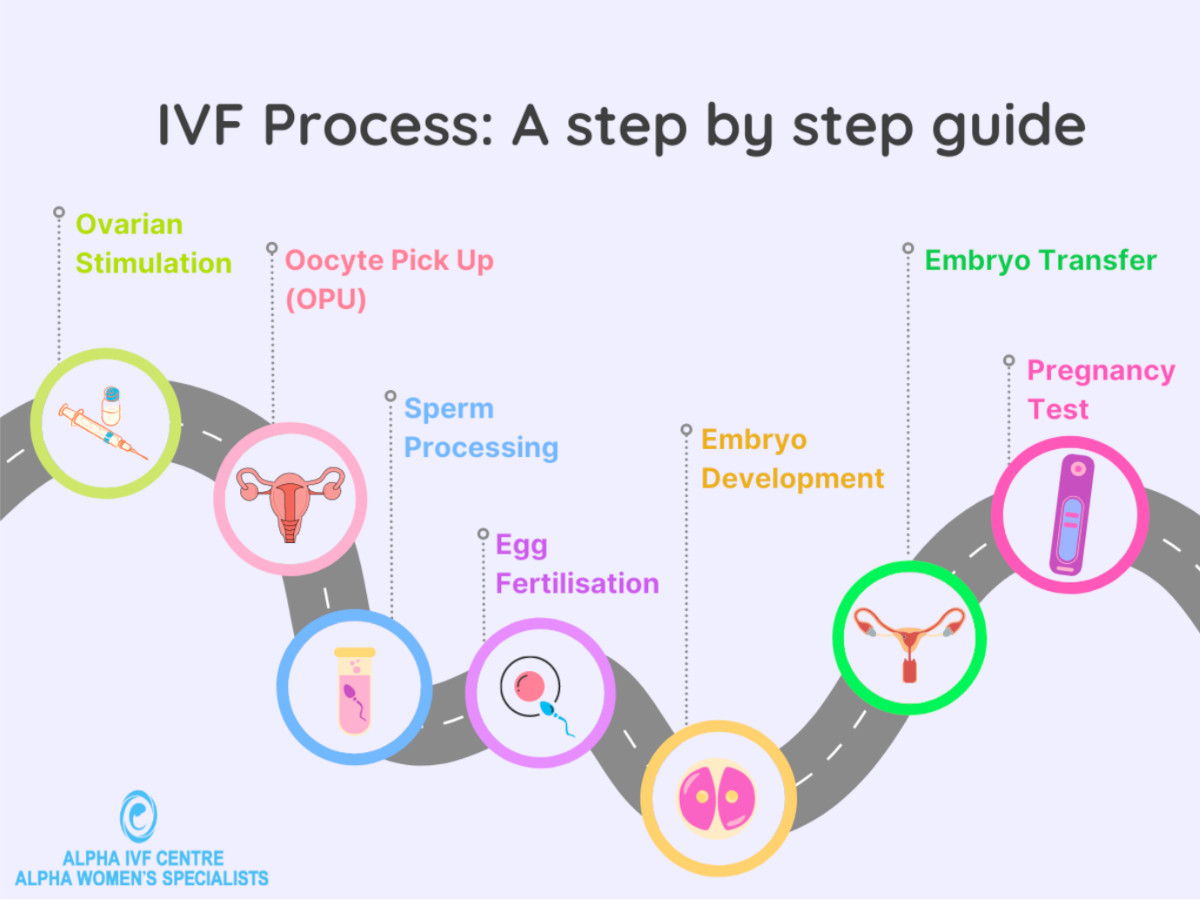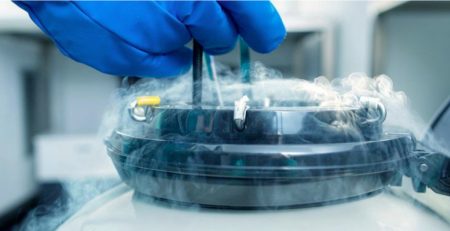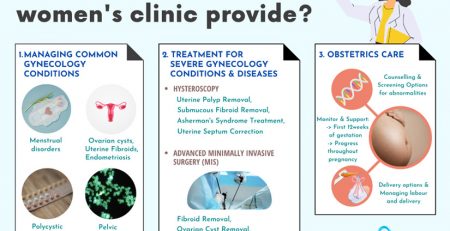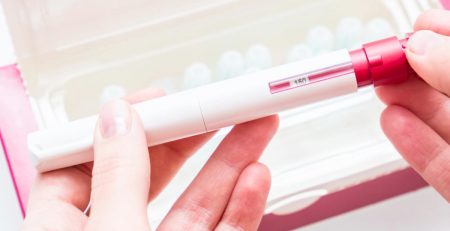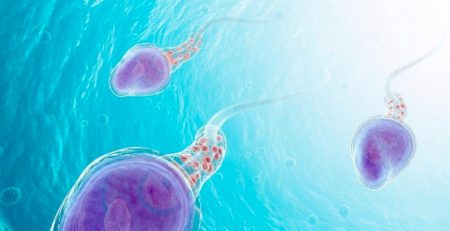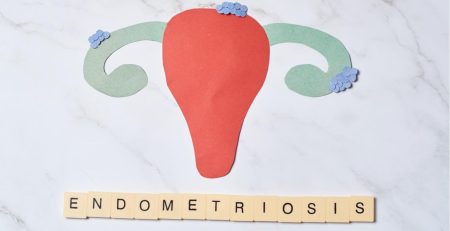Process of IVF (A step by step guide)
Step 1: Ovarian Stimulation
Ovarian stimulation facilitates the retrieval of multiple oocytes during oocyte pick up (OPU) procedure in an IVF cycle. In order to retrieve multiple oocytes, the ovaries are stimulated through daily administration of fertility medications. Throughout the course of stimulation, the follicles in the ovaries grow in size and potentially contain oocytes (eggs). Generally, it takes about 10 to 14 days for stimulation. It is perfectly normal to have a shorter or longer stimulation period as the duration of stimulation can differ due to individual’s unique body constitution.
Step 2: Oocyte Pick Up (OPU)
Once the follicles have grown and ready for oocyte retrieval, sedation is given to relieve any discomfort during the procedure. The oocyte retrieval is minimally invasive and quick process. Oocytes are retrieved through a needle which is guided by an ultrasound probe. A light suction is applied to draw and aspirate the follicle fluid in a collection tube. Embryologists will be standing by to pick up all the oocytes in the follicle fluid.
Step 3: Sperm Processing
The ejaculated semen sample is analysed and processed accordingly in the laboratory to yield motile sperm. The process of sperm preparation helps to remove unwanted plasma, mucus, debris and dead sperm from the semen, and isolates motile sperm which will be used during fertilisation.
Step 4: Egg Fertilisation
Only matured oocytes are ready to be fertilised. Matured oocyte is injected directly with a single sperm through a process called Intracytoplasmic Sperm Injection (ICSI). It is a technique that combines oocyte and sperm to aid the fertilisation process. The results of fertilisation can be known the next day.
Step 5: Embryo Development
After ICSI, the injected oocytes are cultured in a culture system. Fertilised oocytes may develop into embryos and later into blastocysts in the next 4 to 7 days. The development of the embryos can be monitored closely through our Time-lapse culture system. It is beneficial to the embryos as it allows close monitoring of their development without disrupting their optimal environment.
Step 6: Embryo Transfer
The fertility doctor will assess your suitability for fresh embryo transfer. Fresh embryo transfer is usually done on the 3rd or 5th day after OPU day. The embryo(s) is/are transferred directly into the womb using a thin catheter. This process is generally quick and painless. The remaining of the freezable grade embryos are frozen and stored for future frozen embryo transfers. The process of frozen embryo transfer is similar to a fresh embryo transfer, but with an additional thawing process.
Step 7: Pregnancy Test
The last step is to take a blood test (beta-HCG test) to determine the embryo transfer outcome. This test is done about 10 days after the embryo transfer and detects the level of HCG in the blood. HCG is a hormone that is produced upon successful implantation.

